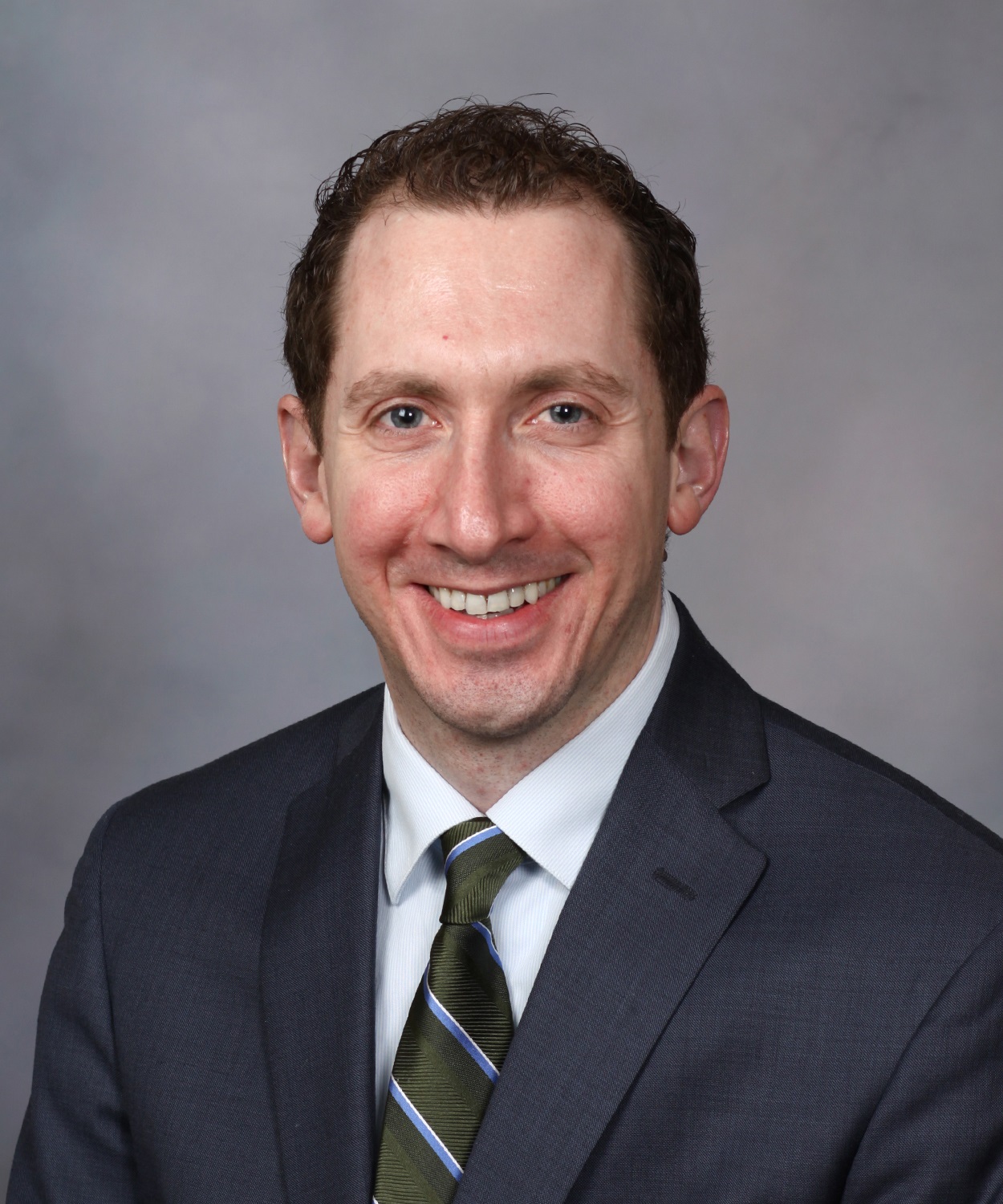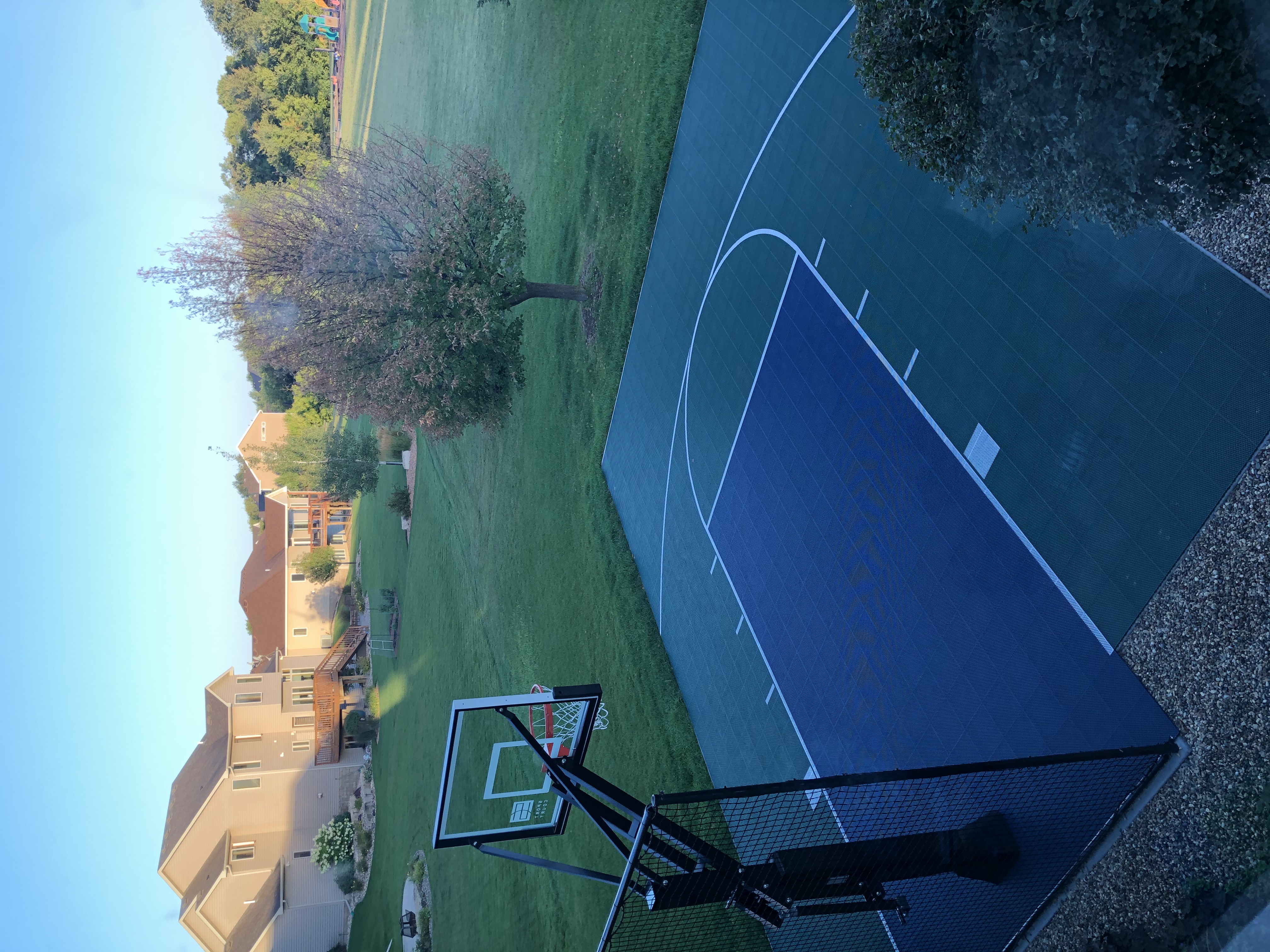
By David A. Wetter, MD
March 17, 2021
Vol. 3, No. 11

In dermatology our daily routine is dominated by caring for patients, many of whom have complex diseases that are difficult to manage. Our dedication to help our patients initially drew many of us to the medical profession (and continually inspires us to work diligently), yet the ever-increasing demands on our time make it harder to mentally unwind from our work during nights and weekends.
For me, sports have always been a source of enjoyment in the midst of a busy work schedule. Several years ago, as we were walking to our cars after a long day of clinic and excitedly discussing the upcoming games we would be watching, my friend (and recently retired) colleague, Gabriel Sciallis, MD, said to me, “Thank goodness we have sports to help us relax and put our minds at ease for a few hours.”
Knowing that I love sports, my former dermatology chair, Clark Otley, MD, would routinely ask me during our annual chair review, “David, have you put up a basketball hoop yet? You won the state free throw championship; what are you waiting for?” (Disclosure: I won the Missouri State Free Throw Championship through the Knights of Columbus in the boys’ age 13 division, in January 1992. These were the “glory days” of my basketball “career”; despite my sharpshooting, I rarely got beyond the bench during my varsity high school basketball days, due to a lack of size, strength, speed, and vertical leap!) Sadly, even though I would have loved a hoop at our house, I always came up with excuses as to why putting one up would not be logistically feasible.
The COVID-19 pandemic has forced us to reexamine many areas of our lives, both personal and professional (including things as seemingly trivial as a basketball court). And from this introspection has come the realization that we have opportunities (both in our dermatologic practices, and our personal lives) to make changes that we may have wanted (and needed) to make for years, yet did not have the time or courage to enact. Previous commentaries in Dermatology World Insights and Inquiries have discussed burnout in dermatology, and ways to increase joy in our practice through human connection and mentorship (1, 2). Though my reflections below may have some specific references to medical literature analyzing burnout, this commentary is not meant to focus on burnout (as I do not have special expertise in this), but rather to simply share some personal stories intertwined with lessons learned from those references in the hopes of resonating with readers (and possibly inspiring change) during the trying times of the pandemic.
Two years ago, on the day before my 40th birthday, I drove to Minneapolis and did something on a whim: I purchased a 10 game “Flex Package” of tickets (4 to each game) for the Minnesota Timberwolves basketball team. Growing up near St. Louis, Missouri, I had attended countless professional sporting events over the years with my dad, providing me a myriad of wonderful memories. And I had always hoped to do the same for my family, yet the 90-minute drive (one-way) from Rochester, Minnesota to downtown Minneapolis seemed too daunting to overcome. However, what seemed risky at the time paid big dividends: our family (especially my kids) loved going to the games, which provided a shared bonding experience in which we fully immersed ourselves (leaving behind our routine life worries with chants of “Let’s go Wolves!,” and “DE-FENSE!”) for a few hours, and gave us something to look forward to each week. Although there were times when I sprinted out of work, quickly throwing on my Timberwolves jersey over my dress shirt and tie, trying to make it to the game by tipoff; or driving back postgame to Rochester in the darkness of winter, on icy roads during a snowstorm, arriving home after midnight on a weekday when I had a full calendar of patients starting at 8 am that morning; the overall experience (and being able to enjoy and reminisce with my family) rejuvenated me for my daily dermatologic practice. Because of this, the next year, we decided to increase our commitment to a half-season package (20 games total), and we attended 13 games (before the pandemic wiped out the remainder of the season), creating joy in other ways by inviting various family and friends to games, and gifting tickets when we were not available.
Similarly, seeking out meaningful opportunities in our professional lives, even if the timing may not seem perfect, can be intrinsically rewarding. The following are a few pearls from the literature to help guide us in this regard:
- Faculty who spend at least 20% of their time focusing on the activity that is the most meaningful to them (i.e., patient care, education, research, administration) have a lower risk of burnout (3)
- In a survey of academic dermatologists, one of the most common causes of burnout was a lack of time to pursue scholarly endeavors related to teaching or research, suggesting that strategies to protect time for these pursuits could increase job satisfaction (4)
- Strategies that allow more time to think about our patients within the confines of our daily clinical schedules would be beneficial, as Danielle Ofri, MD, PhD, opined: “But with the frenetic pace of medicine today, there’s no time or space (or reimbursement) for cogitation” (5)
- Our lives are defined by a mixture of ourselves (self-care, sense of purpose), others (family, friends, social groups, etc.), and work; and the concept of a “life balance slider” posits that throughout different events or stages in our career, we need to be adept at redistributing our time spent within each of these components, in order to maintain control over our lives (6)
- Dermatologists may find increased meaning in their work by creating a network of professional connections (at their practice or institutional level; or through local, regional, and national medical societies); and by fostering empathic and longitudinal relationships with their patients (7)
- Acknowledging that this may not be possible for everyone, Barbara Stoll, MD, reflected: “Perhaps the smartest decision I made for both life and work, early in my career, was to request a month away each year, without pay. That time . . . provided time to reflect on life and career and to recharge my batteries.” (8) She then exhorts readers to “Seize opportunities that arise — sometimes nontraditional, sometimes outside of your comfort zone.” (8)
These lessons from the literature may impact each one of us differently. For some it may spur thoughts of a new leadership role, or a new mentoring experience; for others, perhaps starting a specialty clinic within your practice, or pursuing a new scholarly endeavor that excites you and pushes the limits of your abilities. Or, some may reduce their full-time equivalent (FTE) in order to explore other interests along the “life balance slider” (and in the process rejuvenate your clinical practice).
But how does this relate to basketball? During the pandemic, our neighborhood has been bustling with outdoor activity, including numerous basketball hoops sprouting up on driveways down every street. Riding my bike past the new basketball hoops heightened the fervor with which I wanted a court of our own, but also increased my frustration at not being able to bring this vision to life, due to the slope of our driveway and the fixed landscaping in our backyard. Thankfully, my wife was able to devise a solution to my paralysis, finding a company that was able to custom-build a 30′ x 26′ basketball court in our backyard without (seriously) disrupting the pre-existing landscape or aesthetic of our yard. Admittedly I had a fleeting, intense moment of doubt when I saw the large area of sod being ripped up prior to the concrete base of the court being poured, but those thoughts quickly disappeared once the finished product was in place.

We now have a beautiful court, evergreen (main surface) and dark blue (free throw lane) with white lines (including a three-point line!), surrounded by new sod and river rock. My family and I have spent dozens of hours playing on the court since it was completed two months ago, laughing and competing over games of two-on-two, H-O-R-S-E, Around the World, and 21 (all games which I frequently played during childhood on my backyard court). Now after returning home after a busy day of work, I can usually be found on the basketball court, often until darkness sets in (and usually with my kids, particularly my teenage daughter, by my side), making up imaginary games (having to make 10 free throws in a row, etc.) while pop or dance music emanates from our portable speaker on the patio. My mind is carefree and uncluttered while I am shooting hoops. Although I don’t spend 20% of my time at home on the basketball court (which even I admit would be a bit excessive!), the time I spend strengthens my family bonds, and refreshes me; the professional benefit is that I am more mentally and emotionally present for my patients and colleagues during clinic.
Point to remember: Don’t be afraid to “take a shot” at something new in your personal or professional life that you have wanted to do for a while. The (happy) reward in doing so may be greater than you could imagine.
Our editor’s viewpoint
Warren R. Heymann, MD
More senior dermatologists will recall the Broadway show “Stop the World — I Want to Get Off” when Anthony Newley introduced the song “What Kind of Fool am I?” confronting the emptiness of his life by failing to fall in love.
For the early months of the COVID-19 pandemic, the world literally stopped — in our clinics, schools, sports, restaurants, and theaters. Every person had to confront what they would do with their lives in quarantine from usual daily life. For Dr. Wetter, it was basketball. For my wife and myself, expanding our family with our cockapoo, Marti has rejuvenated us.
It is easy to have what I call “burnout squared” — you can get burnout reading about being burned out. Burnout is real, for sure, and its consequences may be personally and professionally devastating. I hope that everyone had some introspective moments during the pandemic that demanded thinking about what really matters in life. Ideally, you summoned the courage and conviction to make those changes, so that you need not sing Anthony Newley’s song. I’d rather hear you warble “Happy Days are Here Again!”
- Heymann WR. Labor Day thoughts on increasing dermatologist burnout. Dermatology World Insights and Inquiries. Sept. 5, 2016.
- Wetter DA. Mentorship mentation: bringing out the best of us! Dermatology World Insights and Inquiries. Sept. 9, 2020.
- Shanafelt TD, West CP, Sloan JA, et al. Career fit and burnout among academic faculty. Arch Intern Med. 2009;169:990-995.
- Dorrell DN, Feldman SR, Huang WW. The most common causes of burnout among US academic dermatologists based on a survey study. J Am Acad Dermatol. 2019;81:269-270.
- Ofri D. Perchance to think. N Engl J Med. 2019;380:1197-199.
- Witzig TE, Smith SM. Work-life balance solutions for physicians: it’s all about you, your work, and others. Mayo Clin Proc. 2019;94:573-576.
- Nagler AR, Shinkai K, Kimball AB. Burnout among all groups of physicians – mitigation strategies for dermatologists. JAMA Dermatol.2020 Aug 5. doi: 10.1001/jamadermatol.2020.2155. Online ahead of print.
- Stoll BJ. Reflections on leadership: seizing and embracing opportunities – holding up half the sky. JAMA. 2020;323:1728-1729.
All content found on Dermatology World Insights and Inquiries, including: text, images, video, audio, or other formats, were created for informational purposes only. The content represents the opinions of the authors and should not be interpreted as the official AAD position on any topic addressed. It is not intended to be a substitute for professional medical advice, diagnosis, or treatment.
